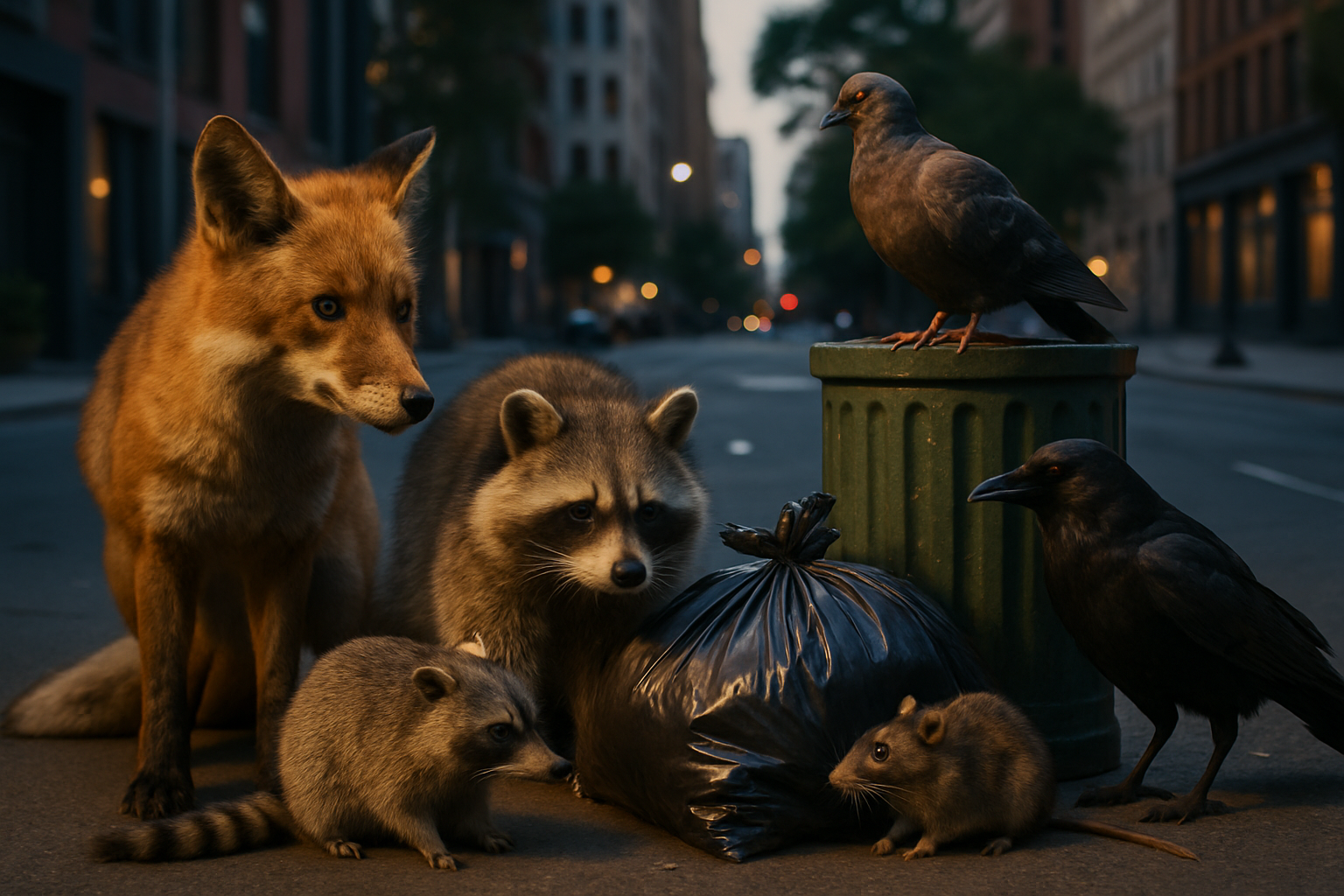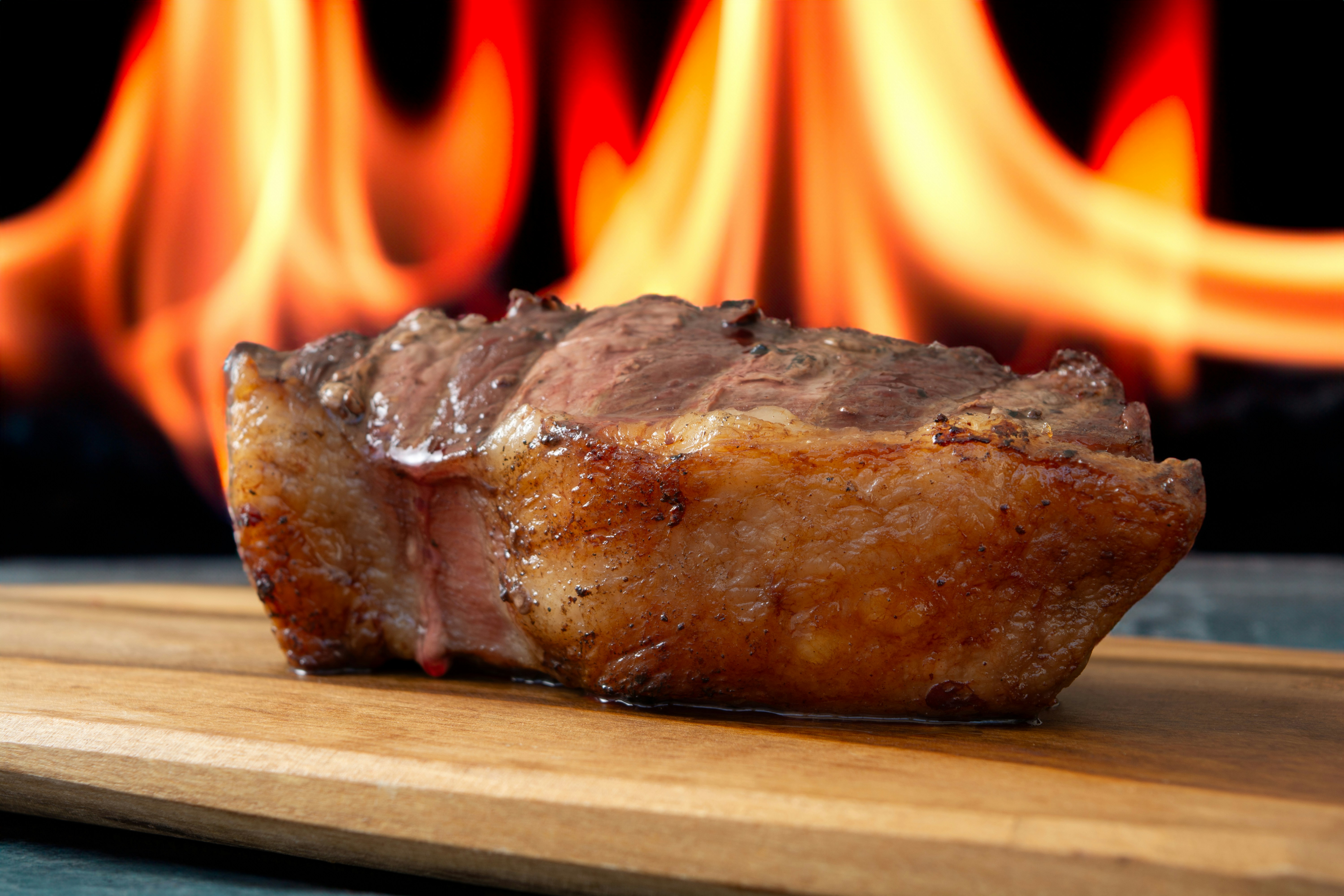The Unseen World of Urban Wildlife: A Closer Look at City-dwelling Creatures
Urbanization continues to expand and redefine the concept of natural habitats. One might think that animals would be driven away from these bustling environments, but surprisingly, many species have adapted to city life. This article delves into the fascinating world of urban wildlife, revealing how these creatures contribute to the ecosystem and coexist with humans.

The Emergence of Urban Wildlife
Urban wildlife is not a new phenomenon. For as long as humans have built settlements, animals have been finding ways to coexist within them. In the ancient cities of Rome and Athens, pigeons were already a common sight, and rats have been living alongside humans since the Middle Ages. However, the rapid urbanization of the last century has seen an unprecedented increase in the number and diversity of species inhabiting cities.
The Current State of Urban Wildlife
Today, cities across the globe host an impressive array of wildlife. In London, foxes are a common sight, while in New York, raccoons rummage through garbage cans. Tokyo is home to crows that have learned to use traffic to break open nuts. Even larger animals, such as deer and coyotes, are becoming increasingly common in urban areas.
Urban Wildlife and the Economy
The presence of urban wildlife has both positive and negative impacts on the economy. On the positive side, urban wildlife can contribute to local tourism and provide opportunities for research and education. However, they can also cause property damage and pose health risks. The estimated cost of rat infestations in the United States, for example, is over $19 billion a year.
The Science Behind Urban Wildlife Adaptation
Research has revealed fascinating ways in which urban wildlife adapts to city life. For instance, many creatures adjust their behavior to avoid humans and take advantage of man-made resources. Urban foxes in London have been observed to be more nocturnal than their rural counterparts, while city-dwelling birds often sing at a higher pitch to be heard over traffic noise.
The Future of Urban Wildlife
As urbanization continues, the relationship between humans and urban wildlife will become increasingly important. Cities can play a crucial role in wildlife conservation by providing habitats for a variety of species. On the other hand, humans will need to find ways to coexist peacefully with these creatures, reducing conflicts and promoting mutual understanding.
Urban wildlife is a testament to the adaptability of nature. These city-dwelling creatures offer us a unique opportunity to observe wildlife up close and remind us of the importance of biodiversity, even within our concrete jungles. As we continue to expand our cities, let us also strive to create spaces where both humans and wildlife can thrive.





